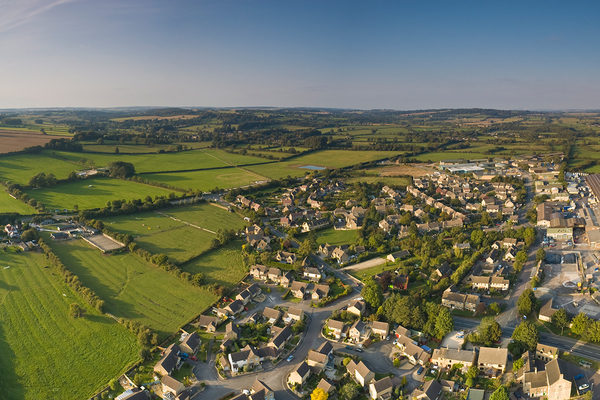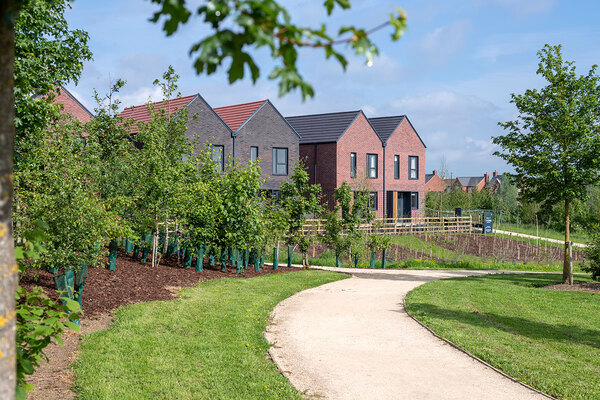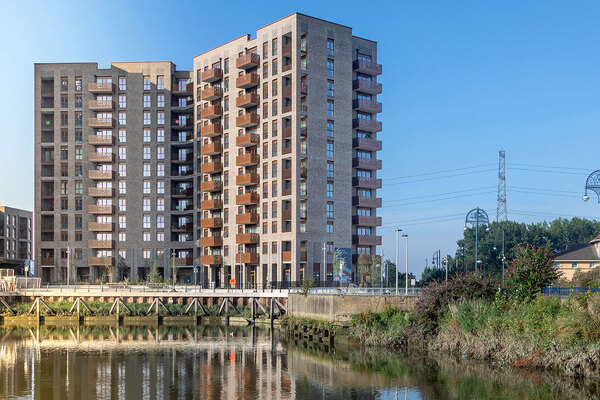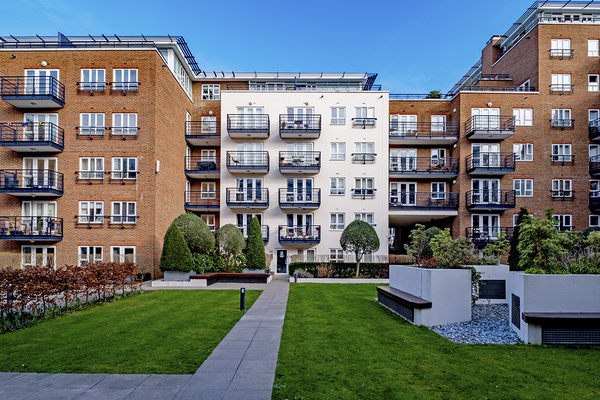You are viewing 1 of your 1 free articles
 Jules Birch
Jules BirchA look ahead to the Budget part one: the land question
In the first of three articles previewing next week’s Budget, Jules Birch looks at the question of land
More than ever before, this year’s Budget looks like a watershed moment for housing.
Philip Hammond is under mounting pressure from all sides to do something big and bold and break with the failed policies of the past.
The calls for something radical are coming from more than just the usual suspects, and they are for more than just a cheque with lots of zeros.
Conservative MPs know that they cling to power (just) thanks to the votes of older homeowners.
Brexit may dominate everything but many of them realise that beneath the surface housing is one of the key issues poisoning their relationship with the under-45s.
They understand that cynical policies like Help to Buy are no longer enough, that the party is running out of time and that it has to look at policies that were previously unthinkable.
“Many Conservative MPs realise housing is poisoning their relationship with the under-45s”
Yet conventional wisdom says that we’ve heard all this before, that Mr Hammond’s caution and the Treasury’s orthodoxy will turn thinking that was big and bold into outcomes that are tame and timid on 22 November.
After the announcements in the past few weeks of an extra £10bn for Help to Buy, another £2bn for social housing and the U-turn on the Local Housing Allowance cap for social and supported housing, how much is left for the chancellor to say (or spend)?
However, another view says that the housing question has such serious social, economic and political implications that the answers cannot be put off any longer.
See this blog post by Toby Lloyd, head of policy at Shelter, for a good round-up of some possibilities.
In a series of columns ahead of the Budget, I’ll be looking at some of the crucial questions concerning investment, tax and welfare and, to kick things off, land. Will the Budget be big and bold – or tame and timid?
The land question
From thinktanks and politicians across the political spectrum there is an extraordinary consensus that something needs to be done about land – but what exactly?
The tame and timid answer would be yet another initiative on public land. This is the go-to option for Conservative chancellors because there is no direct cost and because it fits with their world view that public assets should be put to more productive private sector use.
Yet the outcomes have never matched the hype – until 2015 the government did not even bother to count how many homes were built on public land that was sold off. Just like any other sites, old hospitals and airfields need planning permission and infrastructure before they can produce homes – and the issues are often far from simple to resolve.
“Public land could be regarded as a precious and finite resource for the delivery of genuinely affordable homes directly commissioned by government.”
And the aims can sometimes be in conflict: the higher the sales price for the land, the higher the capital receipt but the more the developer will look to minimise the number of affordable homes.
Combine that with the issue of local community consent and you reach the heart of the controversy over public land that already has homes on it: the regeneration of social housing estates funded from the profit made from private development.
Public land could instead be regarded as a precious and finite resource for the delivery of genuinely affordable homes directly commissioned by government, rather than reliant on the market and private developers.
Another potential answer is reform of the system of viability assessments that has allowed developers to reduce or eliminate the requirement for affordable homes under Section 106 agreements on their sites.
Shelter has conducted an effective campaign on this ‘viability loophole’ and housing minister Alok Sharma told the Communities and Local Government Committee recently that the system is not working.
A consultation has just finished on plans to tighten up the system and it would not be a surprise to see something on this feature in the Budget plans.
“There is much broader support for well-planned development on some of the green belt.”
A third answer would be reform of the green belt. Liberalisation is favoured by those who see the post-War planning system as a socialist plot, but there is much broader support for well-planned development on some of the green belt as part of the solution to London’s housing problems.
Until relatively recently, no Tory chancellor would have dared go here for fear of a backlash in the shires.
Mr Hammond is said to be one of those open to change but it looks like a step too far for his next-door neighbour in Downing Street, the MP for leafy Maidenhead.
The Telegraph reports that the chancellor is considering a plan to relax planning rules, allowing developers and homeowners to extend the height of houses and blocks of flats as an explicit alternative to building on greenfield land.
However, that still leaves some big and bold answers that are attracting increasing support from across the political spectrum: reform of compulsory purchase legislation to allow non-residential land to be bought at existing use value; and the introduction of a land tax.
A fundamental question lies at the heart of both of these measures: who should profit from increases in the value of land that are generated by public investment in the land around it?
As a new book by Daniel Bentley for thinktank Civitas, this is not a new question.
It was being asked before the First World War by politicians like Lloyd George and Winston Churchill and was familiar territory for the classical political economists of the 19th century.
As Mr Churchill put it in a famous speech in 1909, all the landowner has to do is sit still and wait for the value of their land to rise as roads and streets and railways and other services are built around it. All the while the land is “ripening at the expense of the whole city, of the whole country, for the unearned increment of its owner”.
The development of garden cities and the post-War new towns relied on the ability to buy agricultural land at close to existing use value, capturing this ‘unearned increment’ for the benefit of the community rather than the landowner.
However, that option was effectively closed off by the 1961 Land Compensation Act, which ensured that owners of land that is compulsorily purchased have to be compensated not just for the existing use value but also for the ‘hope value’ of future development.
“Section 106 has arguably become a poor substitute for properly funding affordable homes.”
Labour governments have also attempted to tax the increase in land values but have mostly been thwarted by landowners sitting on their land in the confident expectation that the measure would be reversed by the Conservatives.
Section 106 is in many ways the flawed culmination of that process, a way of tapping some of the land value uplift that apparently offers governments a cost-free way of funding affordable homes but has arguably become a poor substitute for properly funding it.
Mr Bentley’s book argues instead for reform of the land compensation rules to “facilitate a radical new departure in housing supply”.
And as it points out, both main parties went into the last election committed to reform of compulsory purchase.
One of the most intriguing sections of the Conservative manifesto harked right back to the 19th century and Joseph Chamberlain with its pledge to “reform compulsory purchase orders to make them easier and less expensive for councils to use and to make it easier to determine the true market value of sites”.
However, it remains to be seen whether the pledge has survived the departure from government of Nick Timothy, the author of the manifesto and a biographer of Mr Chamberlain.
Do Theresa May and Mr Hammond want to play it big and bold – or tame and timid?
Jules Birch, award-winning blogger












